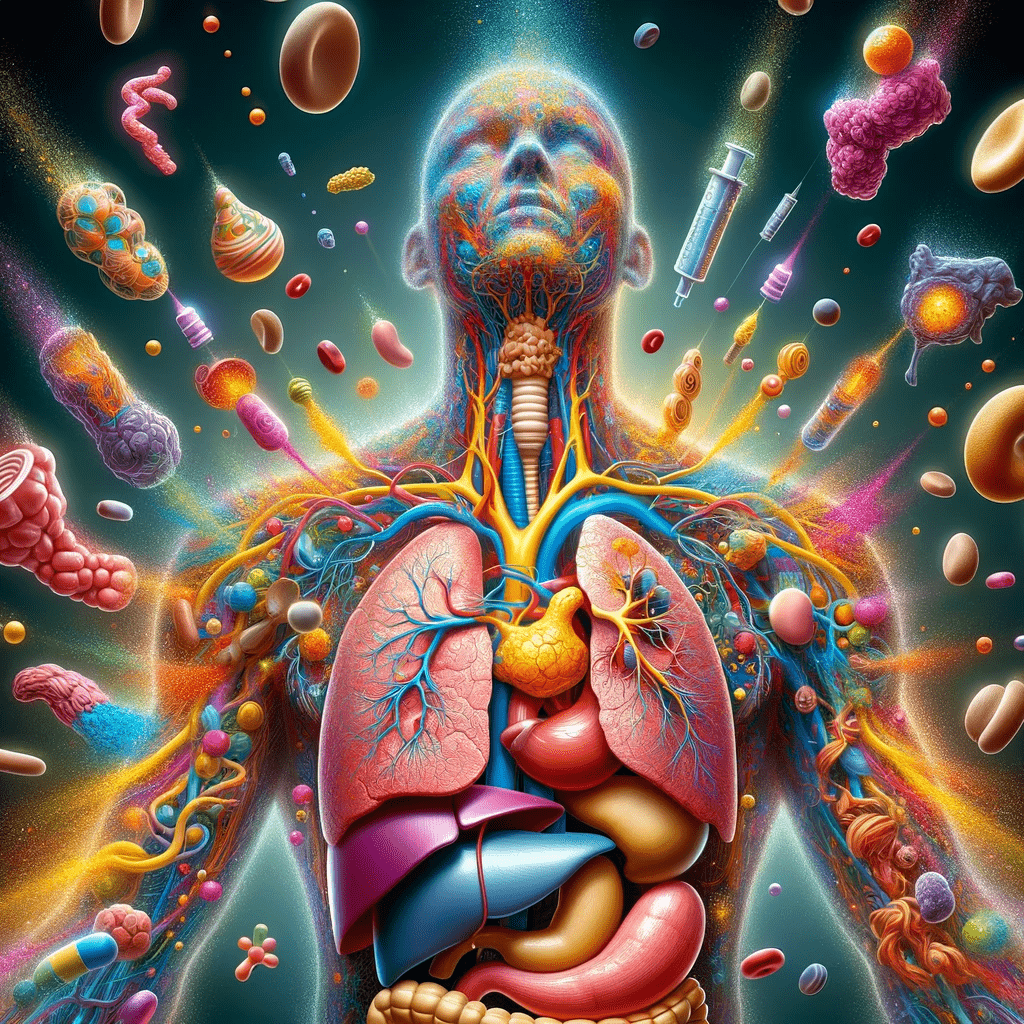Hand Anatomy, Physiology, and Use
The Usefulness of Man’s Hand The hand is one of the most intricate and useful mechanisms of the entire human body; it is a prehensile (appendage for grasping) that humans share with chimpanzees, lemurs, and monkeys; even Koalas have opposable thumbs that are very similar to the thumbprints of the hands of humans. We humans absolutely have the … Read more





